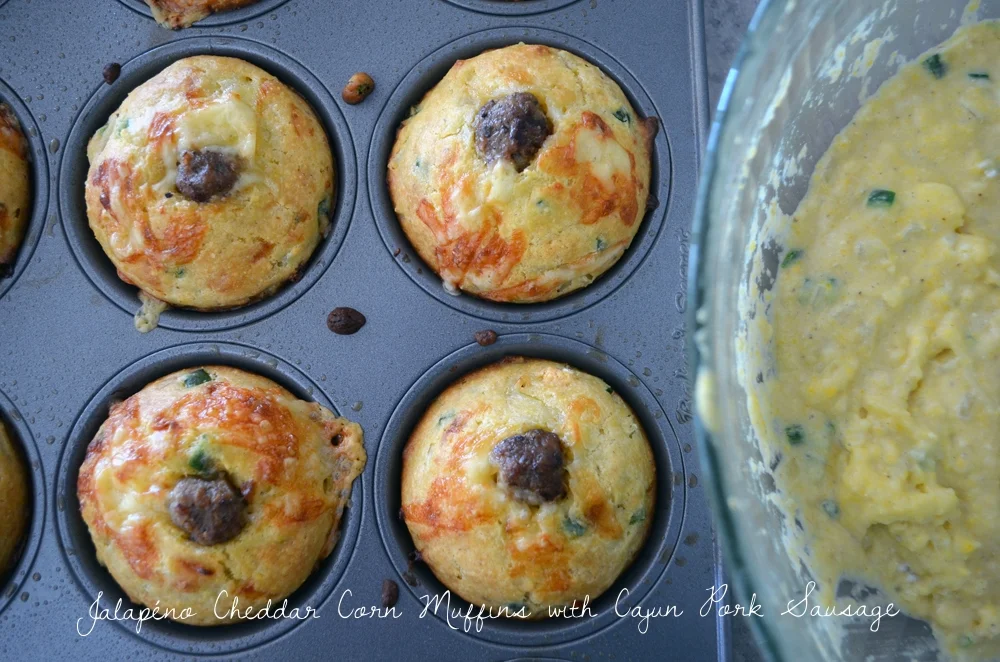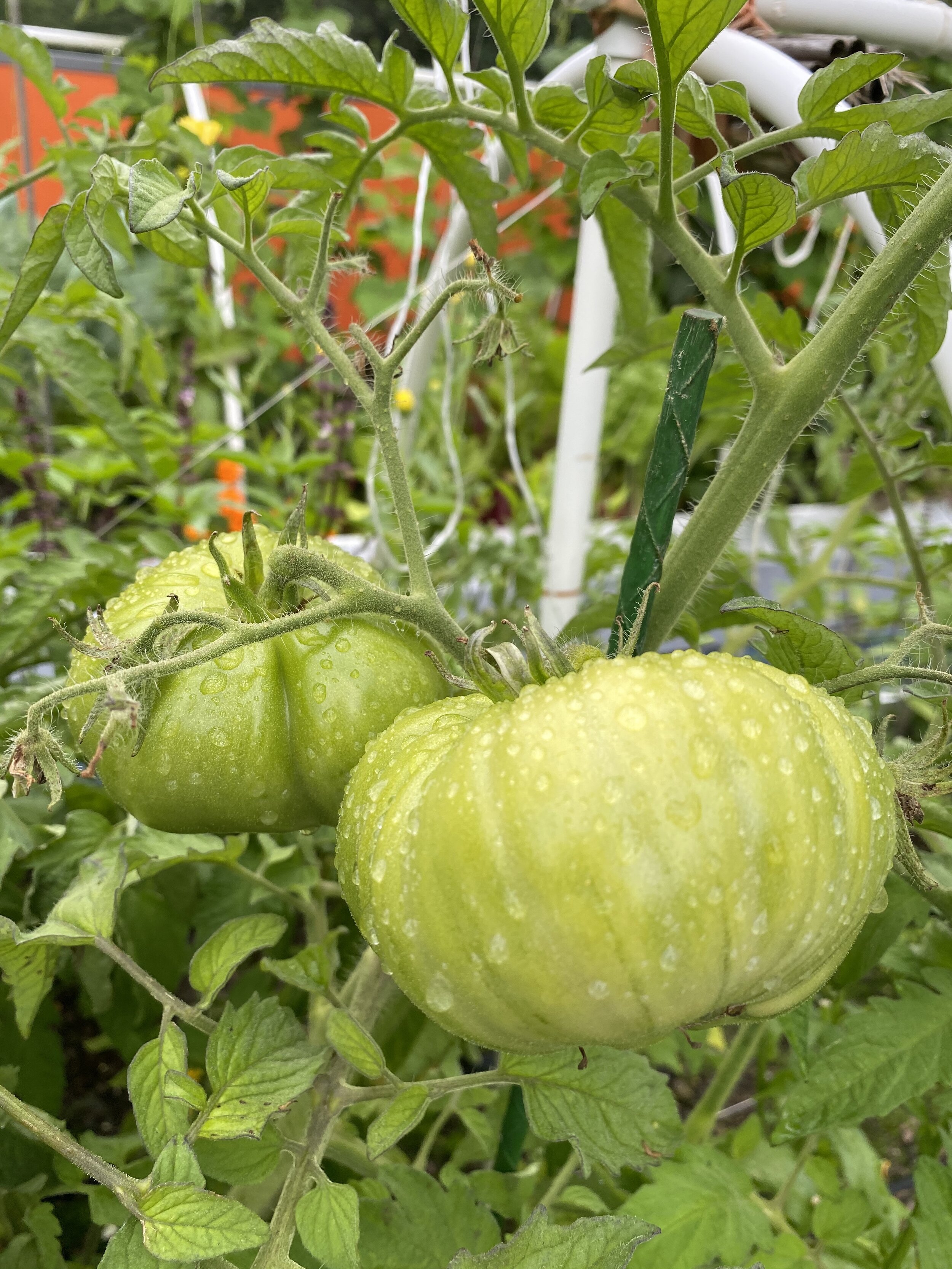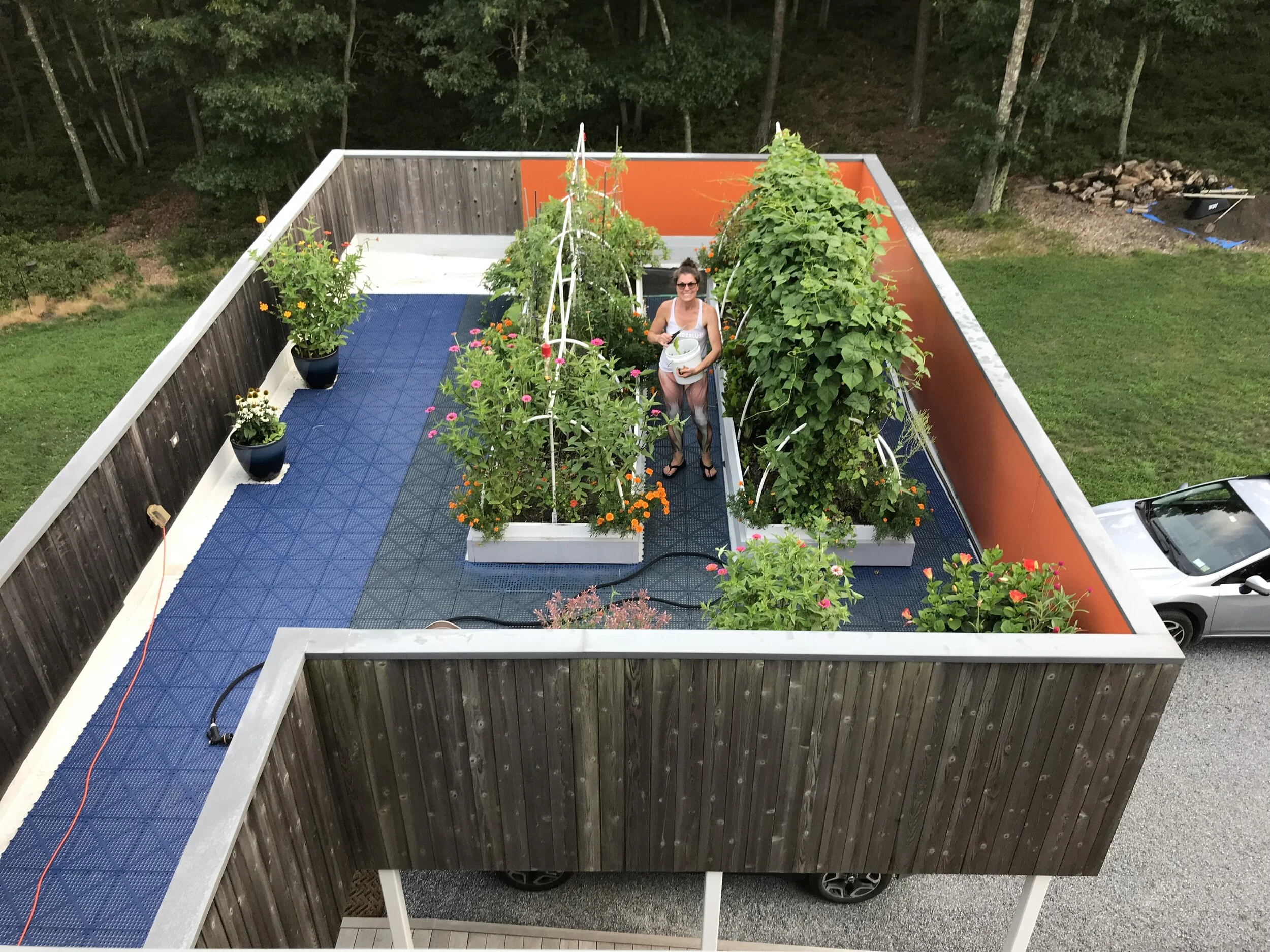A conversation with Steven and Emma Biggs of the Food Garden Life Show
/I spoke with Steven and Emma Biggs of the Food Garden Life Show about food, my rooftop garden and the Slow Food movement. They are a father and daughter team that celebrates food gardens, food, family, community, and a slightly slower life.
Emma Biggs is a 15-year-old, Gen-Z gardener with driveway and rooftop gardens. She’s a garden writer and speaker with a passion for growing tomatoes, and the author of the book Gardening with Emma.
Steven Biggs is a horticulturist, author, and college instructor. He is the author of the No Guff Vegetable Gardening, Grow Figs Where You Think You Can’t, and Grow Lemons Where You Think You Can’t.
You can catch my conversation with Steven and Emma about food, the Slow Food movement, and my rooftop garden here.










































